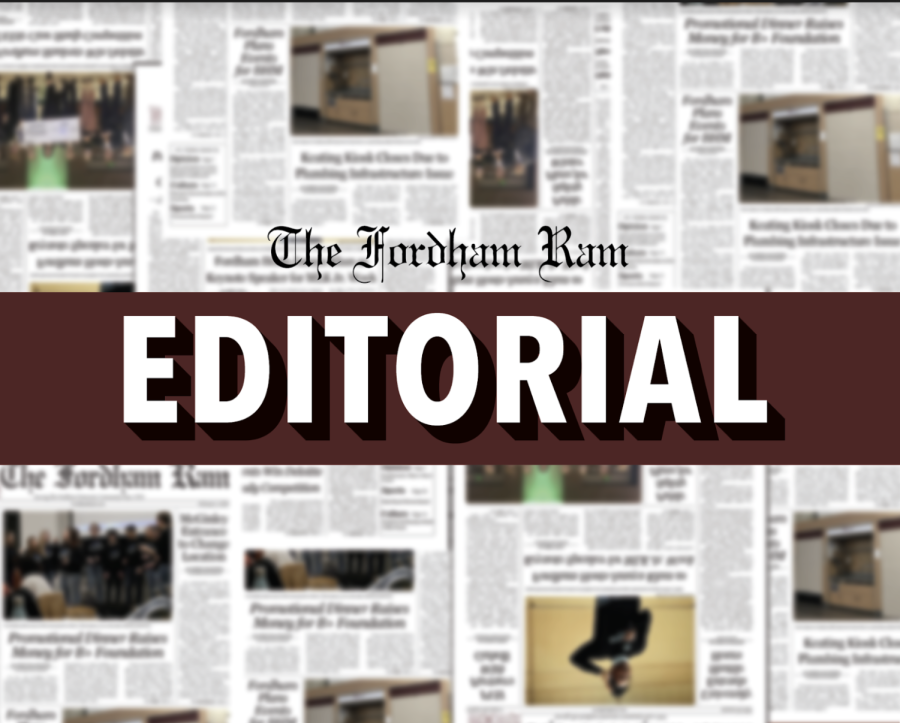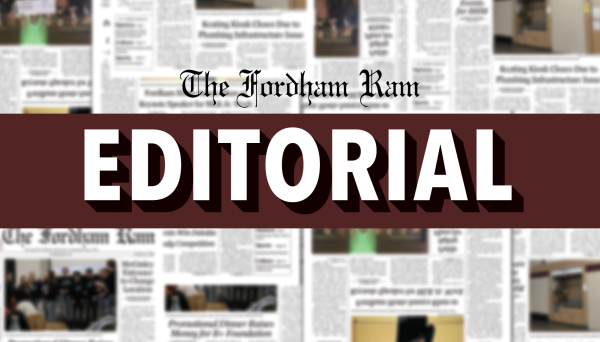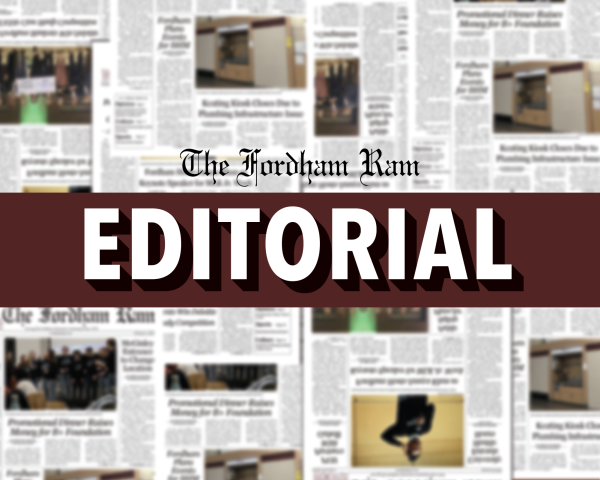NYC Neglects Homeless Amidst Arctic Temps
New York is no stranger to extreme weather, experiencing the gamut from brutal winter snow storms to deluges of rain from summer tropical storms. Fordham itself has experienced the consequences that these severe weather events can cause, forcing the university to close the basement of Walsh Library for a year of repairs after a particularly nasty flood in September 2021. The first weekend of February brought the next severe weather event to New York: an arctic blast, bringing temperatures in New York down into the low single digits.
New York City rallied behind the communities in all five boroughs in an effort to keep their residents warm and sheltered during the worst of the weather event. Mayor Eric Adams declared a Code Blue for all five boroughs on Feb. 2, meaning any New Yorker that was unhoused could not be denied entry to a shelter while the code was in effect. Adams also made sure a larger outreach team was assembled to try to get as many people out of the cold and into a shelter as possible.
Aside from posting tips for residents on how to handle the cold weather, there didn’t seem to be much specific action in individual boroughs. The official New York City webpage outlined the steps the city was taking to keep its residents safe, but the city simply seemed to be on standby, waiting until something happened to then solve it. Several departments that serve New York City, such as the Department of Buildings and the Department of Sanitation, had extra staff on hand should a problem arise related to heating and water access. However, looking at several other cities’ and states’ responses to the bitter cold shows that New York needed to do more.
Boston had several more initiatives to actively assist their residents through the arctic blast. The Governor of Massachusetts, Maura Healey, kept the doors unlocked to the major train hub, South Station, to offer an additional shelter option. The Mayor of Boston, Michelle Wu, similarly to Adams, declared a cold emergency but took it one step further by closing public schools in the city. This was done out of fear of students getting hypothermia or frostbite during the commute to school.
Erie County opened several warming shelters during the day before the cold weather set in. Maine followed suit and opened 150 shelters by the morning of Feb. 3 with more still to come. The only mention of New York City repurposing spaces in the city as warming shelters is the Long Island Railroad leaving its waiting rooms open overnight. However, the LIRR does not have spaces in all five boroughs, meaning the city needed to look into finding other spaces throughout the entirety of New York City.
A moral question comes to mind after reading the responses different cities, counties and states have had to the arctic blast moving through the Northeast: why does it take extreme weather for us to start putting a concerted effort into caring for the unhoused population? Access to shelter is a basic human right, but several locations were opened or remained open during the day when that is not normally the case. The unhoused population deserves to access these warm and safe shelter options no matter the temperature outside, but it takes an extreme for our humanity to shine through.
Additionally, the language of Code Blue is disconcerting. The Code Blue states that anyone cannot be denied access to shelter while the code is in effect, but this suggests that there are times when this is not the case. No one should be denied access to shelter, no matter the environmental conditions. It should not take a severe weather event for leaders to start investigating the support and resources available to unhoused populations. Clearly, the resources are lacking if so much has to be done when severe weather conditions arise. A concerted effort needs to be made to improve support and access to resources year-round.
Overall, New York City’s response to the arctic blast was fine, if not a little passive, especially compared to the more active solutions put forth by other Northeast territories. But, a deeper problem has become increasingly more evident and requires urgent attention to rectify: the support and access to resources for New York City’s unhoused population.
If you have any questions, concerns or inquiries, please email [email protected]













































































































































































































